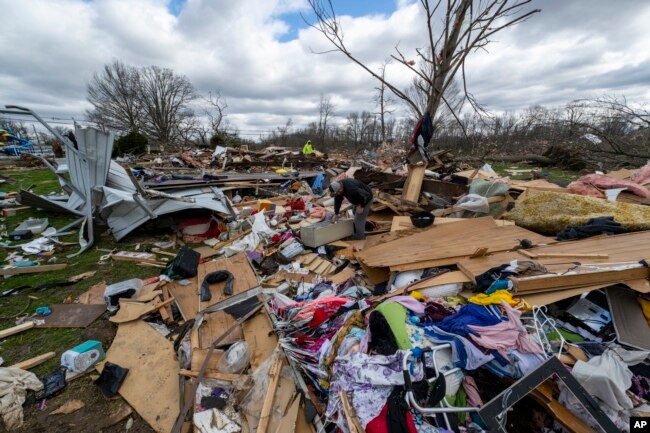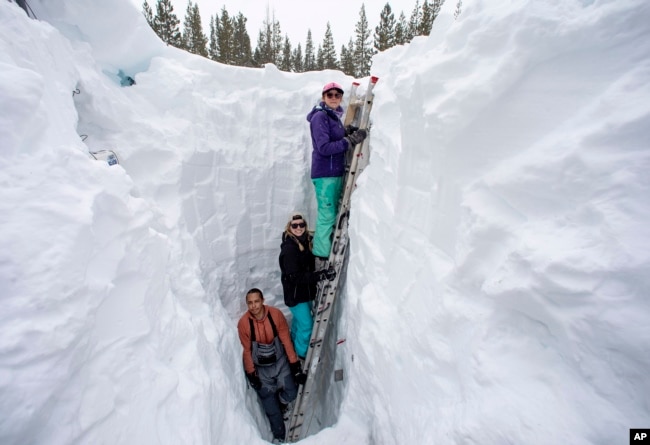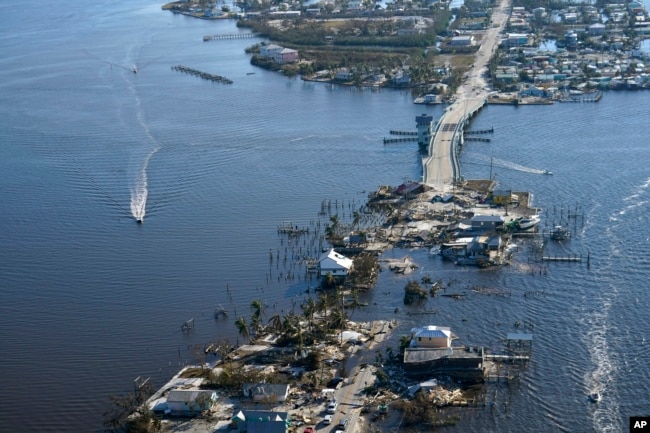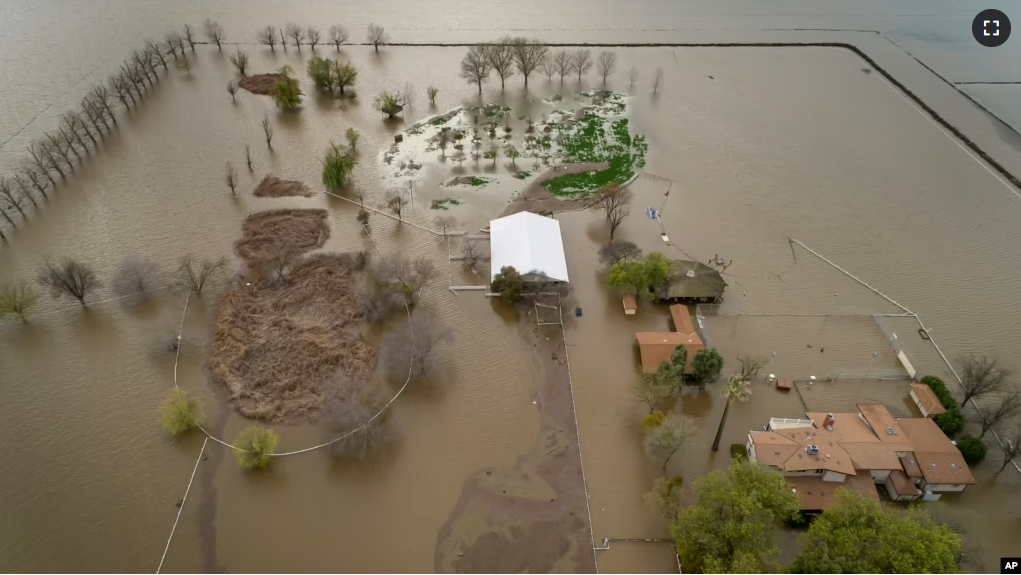The United States gets hit by some of the strongest and most destructive storms on Earth.
Examples of extreme weather include hurricanes, tornadoes, floods and droughts.
But the storms themselves are not the only problem. Weather experts say human choices about where and what to build are making the situation much worse.
Rick Spinrad heads the U.S. National Oceanic and Atmospheric Administration. He told The Associated Press that “more extreme” weather events are expected to keep happening across the U.S. in coming years. International weather officials have partly blamed climate change for causing more severe storms.

Kathie Dello is a climatologist with the state of North Carolina. She told The Associated Press the main reason the U.S. gets many intense and destructive storms is because of geography. “It’s truly a little bit … unlucky,” Dello said.
Susan Cutter is a geography professor at the University of South Carolina. She said a country like China has more people and land area than the United States. But, she added, “They don’t have the same kind of clash of air masses as much as you do in the U.S. that is producing a lot of the severe weather.”
The U.S. experiences by far more tornadoes and other severe storms than other countries, said Victor Gensini. He is a weather expert and professor at Northern Illinois University.

Gensini described a repeating weather pattern that leads to many strong U.S. storms. The pattern involves dry air from the western U.S. moving up over the Rocky Mountains. There, it crashes into warm, wetter air from the Gulf of Mexico.
Overall, the U.S. South experiences more severe weather than other parts of the country, said Marshall Shepherd. He is a former president of the American Meteorological Society.
Shepherd told the AP that areas in the South “can experience every single type of extreme weather event.” These include wildfires, tornadoes, floods and hurricanes. “There’s no other place in the United States that can say that,” Shepherd said.

In the West, people face wildfires as well as a severe weather event known as an atmospheric river. Atmospheric rivers are long and wide areas of water vapor that form over an ocean. When atmospheric rivers reach land, they often release the water vapor in the form of rain or snow.
The U.S. Northeast experiences severe storms in the winter and hurricanes in the summer. Sometimes it experiences an unusual combination of both. “It is a reality that regardless of where you are in the country, where you call home, you’ve likely experienced a high-impact weather event…” Spinrad said.
But weather experts say even though geography puts Americans in the path of numerous intense storms, human activity can make the storms more destructive. One of the main problems is when communities permit development in areas with a high risk for storms and flooding.

In some cases, the experts say building standards have gone down in recent years, putting more structures at risk during severe storms, Shepherd said. In addition, poverty can make it difficult for people to prepare for and recover from disasters. This is also true for people in many other places of the world.
“Safety can be bought,” noted Walker Ashley, a meteorology professor at Northern Illinois University. “Those that are well-to-do and who have resources can buy safety and will be the most resilient when disaster strikes,” Ashley said.
He added, “Unfortunately that isn’t all of us.”
I’m Bryan Lynn.
The Associated Press reported this story. Bryan Lynn adapted the report for VOA Learning English.
________________________________________________________________
Words in This Story
tornado – n. an extremely strong and dangerous wind that blows in a circle and can cause major destruction
drought – n. a long period of time during which there is very little or no rain
geography – n. the study of all the countries of the world, as well as the surface of the Earth and the mountains and seas
pattern – n. a regular and repeated way in which something happens
vapor – n. many small drops of liquid that form in the air
high-impact – adj. having a large or powerful effect
well-to-do – adj. wealthy
resilient – adj. able to improve quickly after being hurt or ill
unfortunately – adj. unlucky or having bad effects
